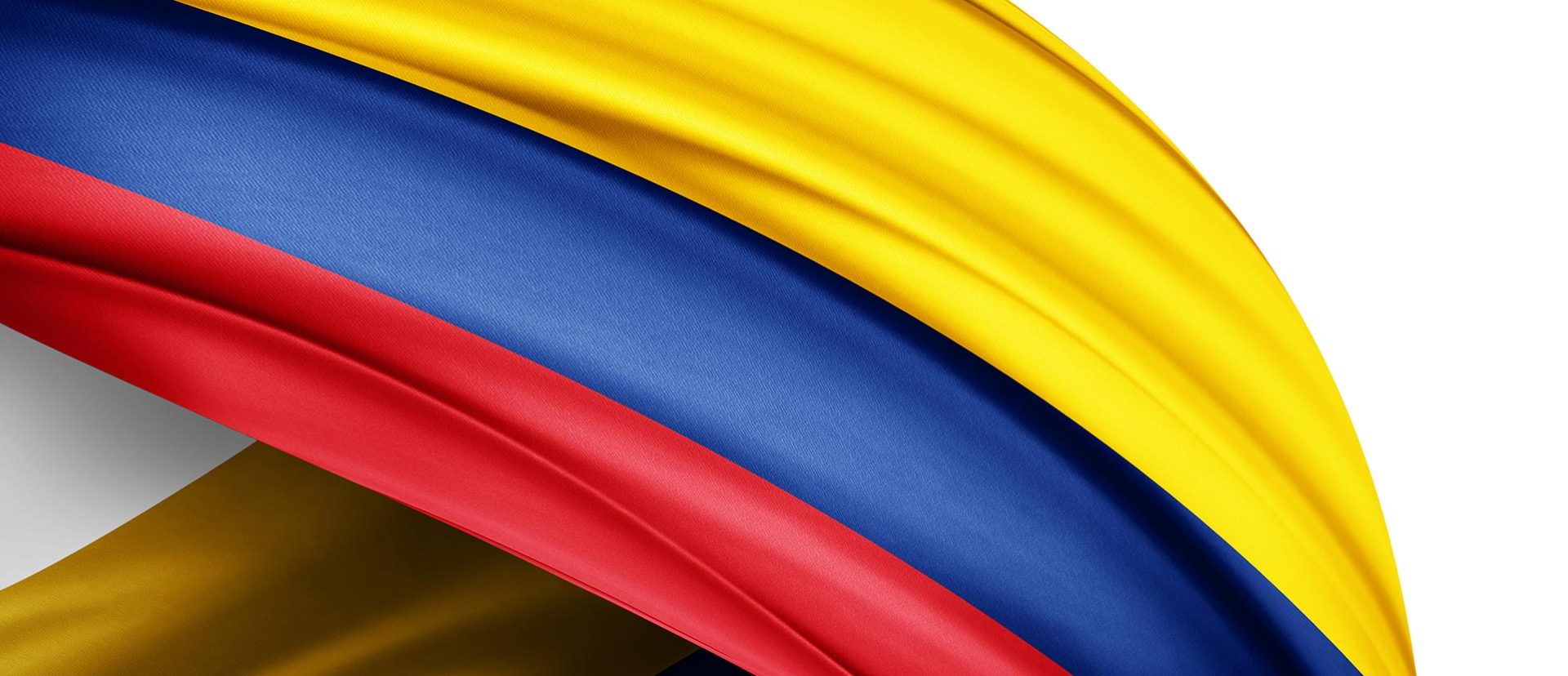Predatory pricing has been established as an abuse of dominance forms of conducting Colombia. The law describes two different conducts dealing with the same kind of practice: predatory pricing, and regional predatory pricing. This conduct will take place when a dominant company lowers prices below its cost level, aimed at maintaining or increasing its dominance and/or market share, which may result in the exclusion of one or more of its competitors, may prevent the expansion of existing competitors, and/or prevent new competitors from entering the market. The SIC has considered average costs (not variable costs) to determine the occurrence of these forms of conduct.
By Alfonso Miranda Londoño1
I. INTRODUCTION.
In order for the market economy to function efficiently, it is necessary for the State to guarantee, within reasonable limits, certain fundamental economic rights, such as private property (Art. 58 P.C.), freedom of enterprise and private initiative (Art. 333 P.C.), freedom to choose a profession or occupation (Art. 26 P.C.), freedom of association (Art. 38 P.C.) and, most importantly, free economic competition (Art. 333 P.C.).
Free economic competition is understood as the effective possibility for market players to compete in a market in order to offer and sell goods or services to consumers, and to build, maintain and/or strengthen a clientele.
As is well known, free competition may be legitimately restricted, eliminated or altered by: (i) the establishme
...THIS ARTICLE IS NOT AVAILABLE FOR IP ADDRESS 216.73.216.89
Please verify email or join us
to access premium content!

